We take hundreds of things for granted in our daily lives, especially those of us living in developed countries such as the USA/North America and European countries. One of those things we take for granted is how easy it is now to unlock our phones. A great example of this is how you can now unlock any AT&T phone within a few minutes, even without having an account with them. Similarly, T-Mobile makes the process of unlocking their phones very easy.
On the contrary, when the first iPhone launched, it was impossible to use the phone with another carrier other than AT&T (Cingular back then). This disappointed many Apple fans and new iPhone users because AT&T had poor coverage in many areas.
In this article, we will discuss:
iPhone AT&T exclusive
AT&T was the first carrier to have the iPhone. When the iPhone launched in 2007, Apple made an exclusive deal with AT&T. Although the deal was never publicly or officially unveiled, the contract granted AT&T the iPhone exclusively for five years, as discovered by Engadget through lawsuit documentation.
Why did Apple give the iPhone exclusively to AT&T and not T-Mobile? While Apple has never talked about this publicity, the most obvious reason why Apple went with AT&T was because AT&T was the only carrier willing to accept Apple’s conditions.
At that time, all carriers had the bad habit of adding their logo on the hardware and software of phones, along with dozens of bloatware apps. If you know anything about Steve Jobs, this was a major NO for Apple’s founder.
Steve Jobs was a very meticulous person when it came to designs. If you have ever had the chance to use a phone from around the time the first iPhone was released, you would immediately know that Steve Jobs would have never released an iPhone ruined by carrier logos or all those useless bloatware apps.
Hacker GeoHot unlocks original iPhone
Not even a month after the original iPhone was released, a 17-year-old hacker named Geohot made a public video of the first unlocked iPhone. The hacker released a video of an iPhone running on T-Mobile’s network, which made him an instant celebrity.
This was a big deal because people could now use the iPhone on other carriers such as T-Mobile. Additionally, this allowed people to import the iPhone from the US and use it in their home country.
Contrary to popular belief, Geohot did not release the first iPhone unlocking tool. The first tool to unlock the original iPhone was released by a group of hackers who called themselves the iPhone Dev Team. The tool was called “iUnlock” which later became AnySIM.
Verizon gets the iPhone
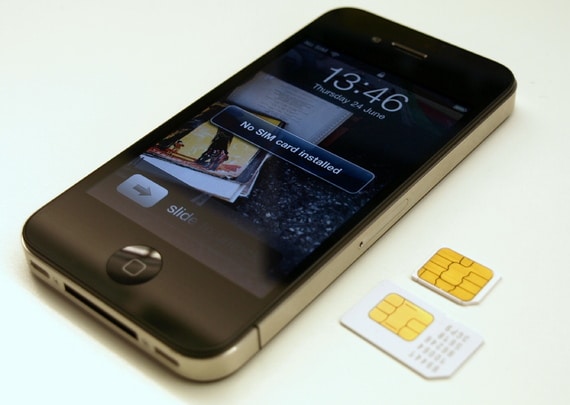
According to some legends, Apple approached Verizon before AT&T to give them the iPhone exclusive contract. This contract never sealed because Verizon wanted some control over the iPhone OS as with other cell phones on their network.
Although very popular and reasonable, this legend turned out not to be true. According to a book published by Verizon’s then-CEO, Verizon did not get the original iPhone because GSM was the global standard for cellular communication. At that time, Verizon ran its network on the CDMA protocol.
Because of this, Apple/Steve Jobs was unwilling to make two variations of the iPhone: one for GSM carriers (AT&T, T-Mobile) and the other for CDMA networks such as Sprint and Verizon.
iPhone 4 Verizon release date
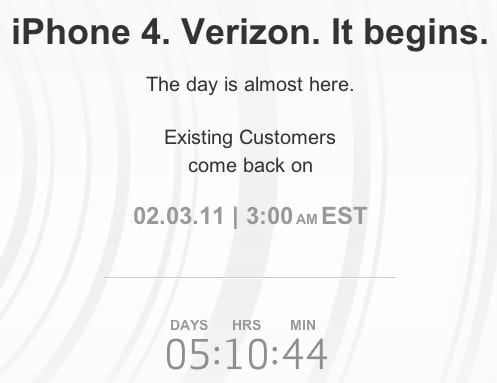
One year before the alleged exclusive Apple-AT&T contract ended, Verizon became the second carrier to offer the iPhone officially. Verizon started taking preorders for its first iPhone, the iPhone 4, on February 3, 2011 and then released it on February 10.
The iPhone 4 released on Verizon was CDMA-only. This meant the Verizon iPhone 4 had no SIM slot and could not be used on AT&T or any other GSM carrier.
This all changed when the iPhone 4S was released later in the year. The Verizon 4S was classified as a “world phone” because it had a GSM and a CDMA radio. Thanks to this, you could now use a Verizon iPhone on other carriers after getting it unlocked.
Sprint iPhone
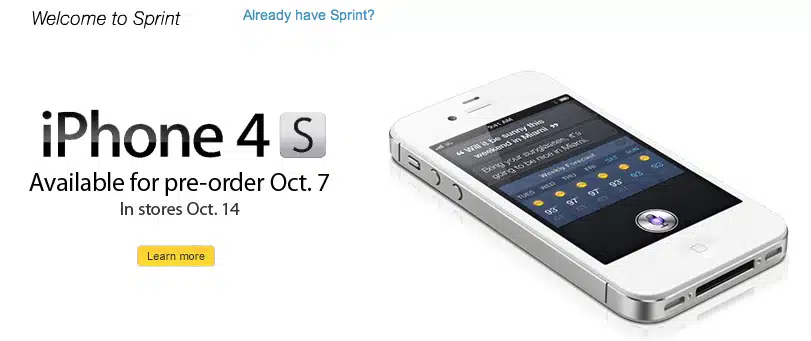
Eight months after Verizon became the second carrier to offer the iPhone, Sprint became the third official carrier to distribute the iPhone. Sprint began selling the iPhone 4 on October 5, 2011. Two days later, on October 7, the carrier started taking preorders for the iPhone 4S, which became available on October 14.
Unlike AT&T, Sprint allowed customers to unlock their iPhone 4S after fully paying it off. Additionally, Sprint was the only carrier offering unlimited data then, although their customers often wondered why they were paying for data in the first place.
C Spire now has the iPhone
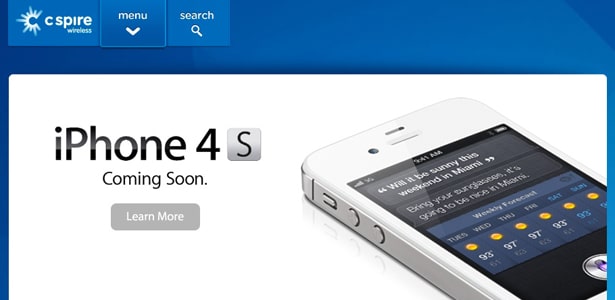
Unexpectedly, T-Mobile did not become the fourth carrier to offer the iPhone. People were shocked when a small regional carrier named C Spire became the fourth official iPhone carrier. This carrier had fewer than a million customers at the time compared to T-Mobile’s 34 million.
C Spire Wireless released the iPhone 4S and iPhone 4 on November 11, 2011. They offered the 8GB iPhone 4 for $99 with a two-year contract. The iPhone 4S started at $199 for the 16GB model or an additional $100 for models with larger storage, such as the 32 and 64GB models.
T-Mobile finally gets the iPhone
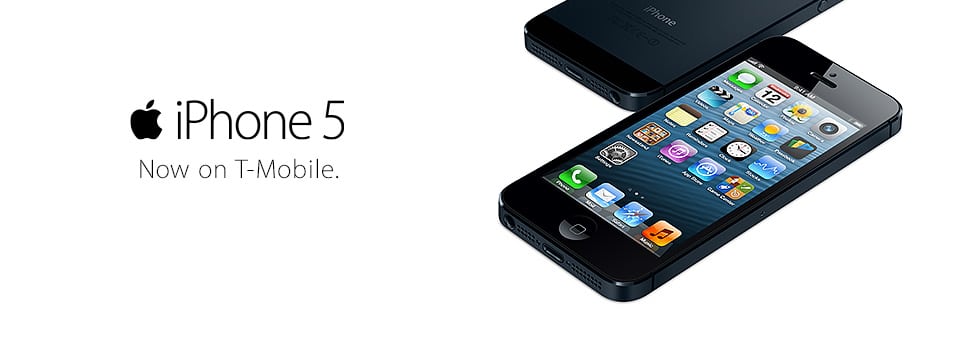
Since T-Mobile was a GSM carrier like AT&T, people expected T-Mobile to be the second carrier to offer the iPhone. Ironically, it was the last major carrier to get the iPhone.
T-Mobile released the iPhone 5, 4, and 4S on April 12, 2013. This was two years after the other major carriers were already distributing the iPhone and six years after the original iPhone was released.
T-Mobile users were finally able to use the iPhone on T-Mobile the legit way without having to rely on third-party methods.
At that time, people popularly used software-based unlocks like UltraSnow or SIM interposers such as Gevey SIM. Those tools allowed you to use AT&T, Verizon, or Sprint iPhones on T-Mobile’s network.
Why unlocking phones is no longer difficult
Unlocking your iPhone or any cell phone is no longer as messy as it once was. This is thanks to a pact made by the five most prominent carriers in 2013. The carriers agreed to adopt the Carrier Unlocking Voluntary Commitment, comprising six measures that make it easy for customers to unlock their phones.
But as expected with any major corporation, the Carrier Unlocking Voluntary Commitment was not created due to the carriers’ good heart.
Through their CTIA non-profit organization, the wireless industry voluntarily committed to making it easy to unlock devices to prevent the Obama administration from further creating carrier regulations.
All carriers currently comply with the Carrier Unlocking Voluntary Commitment, except T-Mobile. The un-carrier does not unlock T-mobile phones unless requested by a former or active customer. Part of the commitment is to unlock any phone regardless of who makes the requests.